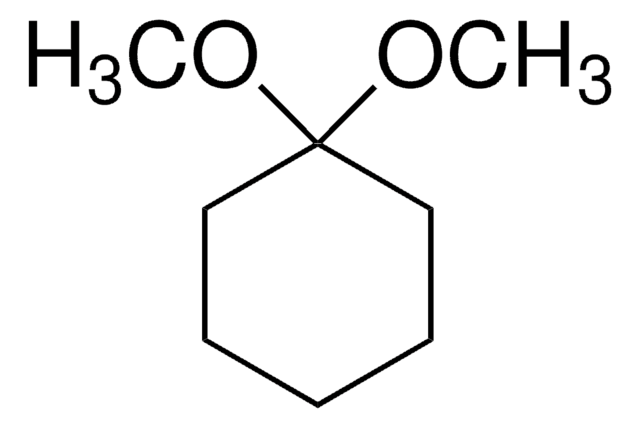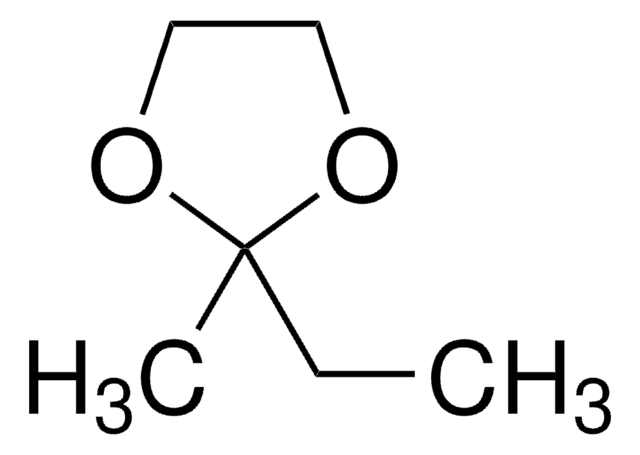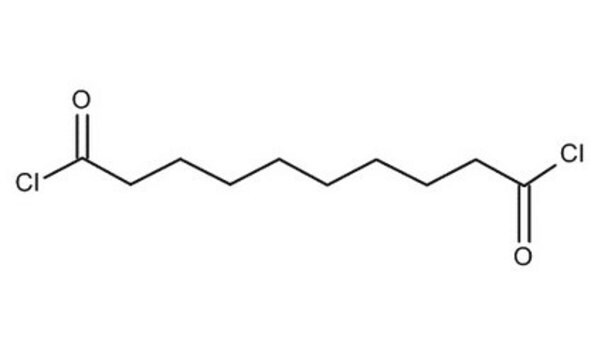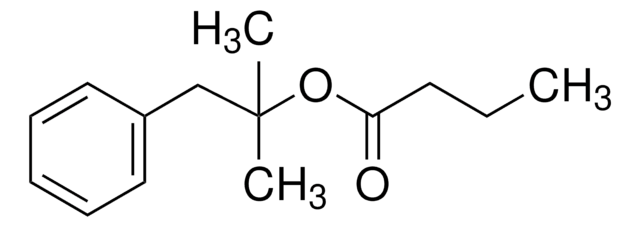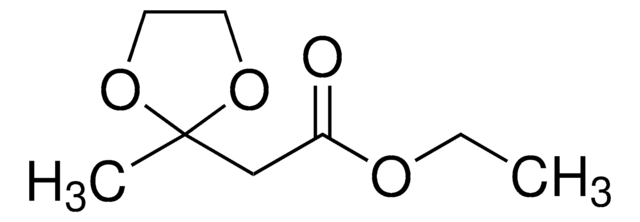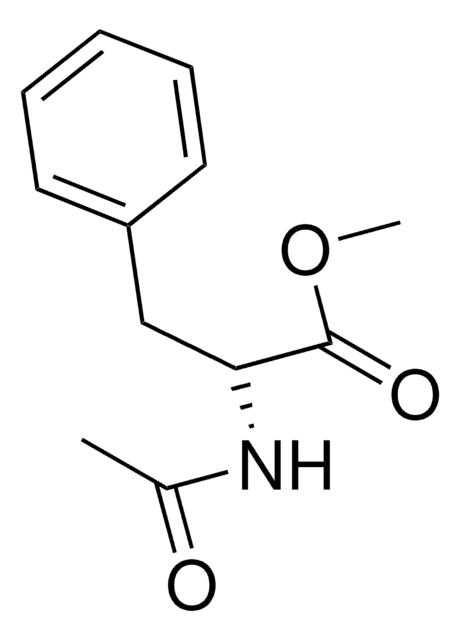539430
Cyclohexanone diethyl ketal
97%
Synonyme(s) :
1,1-Diethoxycyclohexane
About This Item
Produits recommandés
Essai
97%
Indice de réfraction
n20/D 1.4360 (lit.)
pb
76-78 °C/20 mmHg (lit.)
Densité
0.908 g/mL at 25 °C (lit.)
Groupe fonctionnel
ether
ketal
Chaîne SMILES
CCOC1(CCCCC1)OCC
InChI
1S/C10H20O2/c1-3-11-10(12-4-2)8-6-5-7-9-10/h3-9H2,1-2H3
Clé InChI
MWUDABUKTZAZCX-UHFFFAOYSA-N
Description générale
Application
Mention d'avertissement
Warning
Mentions de danger
Conseils de prudence
Classification des risques
Eye Irrit. 2 - Flam. Liq. 3 - Skin Irrit. 2 - STOT SE 3
Organes cibles
Respiratory system
Code de la classe de stockage
3 - Flammable liquids
Classe de danger pour l'eau (WGK)
WGK 2
Point d'éclair (°F)
140.0 °F
Point d'éclair (°C)
60 °C
Équipement de protection individuelle
Eyeshields, Gloves, type ABEK (EN14387) respirator filter
Faites votre choix parmi les versions les plus récentes :
Certificats d'analyse (COA)
Vous ne trouvez pas la bonne version ?
Si vous avez besoin d'une version particulière, vous pouvez rechercher un certificat spécifique par le numéro de lot.
Déjà en possession de ce produit ?
Retrouvez la documentation relative aux produits que vous avez récemment achetés dans la Bibliothèque de documents.
Notre équipe de scientifiques dispose d'une expérience dans tous les secteurs de la recherche, notamment en sciences de la vie, science des matériaux, synthèse chimique, chromatographie, analyse et dans de nombreux autres domaines..
Contacter notre Service technique